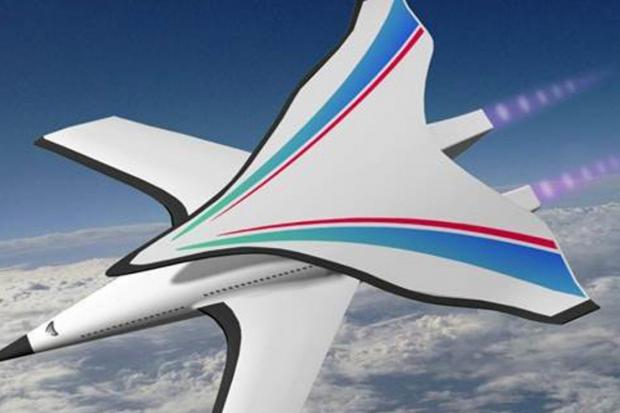
Breaking News
 The Fed's Pivot: The Return of Easy Money and the Inflation Storm Ahead
The Fed's Pivot: The Return of Easy Money and the Inflation Storm Ahead
 This One-Person eVTOL Will Soon Offer Bird's-eye Views of Las Vegas
This One-Person eVTOL Will Soon Offer Bird's-eye Views of Las Vegas
 Emergency Update: Steve Slepcevic Reports Live on Hurricane Melissa's Devastation in Jamaica
Emergency Update: Steve Slepcevic Reports Live on Hurricane Melissa's Devastation in Jamaica
Top Tech News
 Graphene Dream Becomes a Reality as Miracle Material Enters Production for Better Chips, Batteries
Graphene Dream Becomes a Reality as Miracle Material Enters Production for Better Chips, Batteries
 Virtual Fencing May Allow Thousands More Cattle to Be Ranched on Land Rather Than in Barns
Virtual Fencing May Allow Thousands More Cattle to Be Ranched on Land Rather Than in Barns
 Prominent Personalities Sign Letter Seeking Ban On 'Development Of Superintelligence'
Prominent Personalities Sign Letter Seeking Ban On 'Development Of Superintelligence'
 Why 'Mirror Life' Is Causing Some Genetic Scientists To Freak Out
Why 'Mirror Life' Is Causing Some Genetic Scientists To Freak Out
 Retina e-paper promises screens 'visually indistinguishable from reality'
Retina e-paper promises screens 'visually indistinguishable from reality'
 Scientists baffled as interstellar visitor appears to reverse thrust before vanishing behind the sun
Scientists baffled as interstellar visitor appears to reverse thrust before vanishing behind the sun
 Future of Satellite of Direct to Cellphone
Future of Satellite of Direct to Cellphone
 Amazon goes nuclear with new modular reactor plant
Amazon goes nuclear with new modular reactor plant
 China Is Making 800-Mile EV Batteries. Here's Why America Can't Have Them
China Is Making 800-Mile EV Batteries. Here's Why America Can't Have Them
SPEED FREAKS How China plans to build 12,000mph hypersonic passenger plane...

CHINA is developing a hypersonic aircraft that can transport ten people anywhere on Earth in one hour.
The prototype has a pair of delta wings similar to those of the French and British designed Concorde, but with tips pointing up.
It comes as it emerged China is developing a 6,000mph nuke missile engine which is reportedly based on a design abandoned by Nasa because it cost too much.
In today's rapidly militarising China, however, money is no object — especially if it keeps the communist regime ahead in the arms race.
Now wing tech from Concorde is also being used, this time in aircraft.
According to a study by China's space scientists, the hypersonic plane is larger than a Boeing 737, the 148ft plane has two air-breathing engines mounted on top of its main body, reports South China Morning Post.
Its complex aerodynamic design allows the aircraft to travel faster than five times the speed of sound.
The concept has proven effective in China's latest space missions to evaluate the plane's performance at high altitudes.
The researchers used a new aerodynamic model that has been proven effective in China's latest space missions to evaluate the plane's performance at high altitudes.
During the space tests they found areas on the plane that required extra protection or strengthening.
Spots would be most likely to suffer sudden spikes of heat and pressure when the plane reaches six times the speed of sound or 4,447mph.

 Handicapped America
Handicapped America China Innovates: Transforming Sand into Paper
China Innovates: Transforming Sand into Paper

